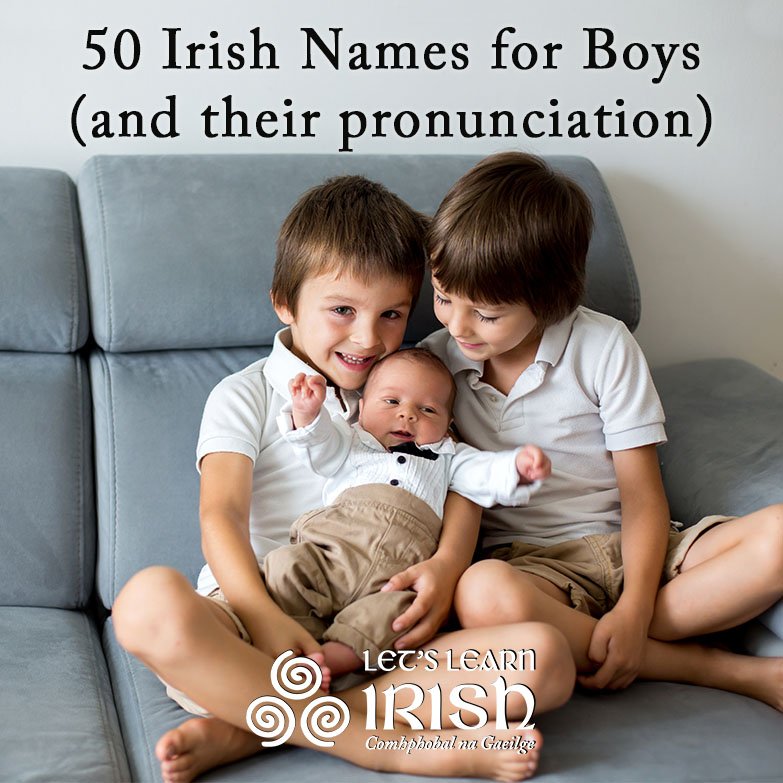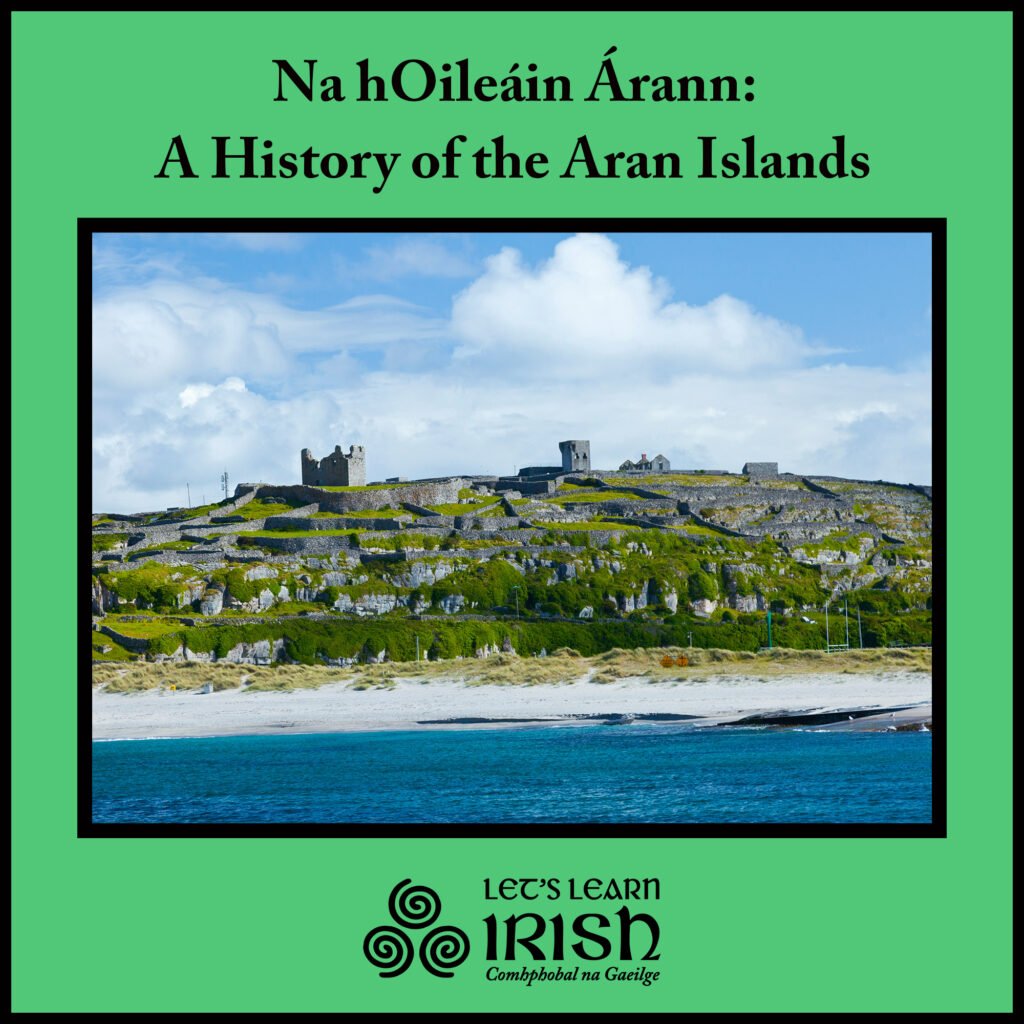An Liúdrámán i Londain – An Introduction

Beannachtaí libh!
 My name is Bart. I’m a person who grew up in Essex (in the UK) and, after moving around a fair bit, have now moved to London to study (I’m doing English Literature, please take this as a warning if you dislike long words and endless navel-gazing). I will be writing some articles here over the next while, mostly focusing on my experience learning the Irish language so far, possibly also drawing some very abstract parallels between that and other things, and also just generally yammering on.
My name is Bart. I’m a person who grew up in Essex (in the UK) and, after moving around a fair bit, have now moved to London to study (I’m doing English Literature, please take this as a warning if you dislike long words and endless navel-gazing). I will be writing some articles here over the next while, mostly focusing on my experience learning the Irish language so far, possibly also drawing some very abstract parallels between that and other things, and also just generally yammering on.
In this article I will be reflecting on my experience with Irish so far.
I remember wanting to learn Irish for a long time. As a child I used to visit Ireland a lot. My mother would take us back to her hometown in Sligo every year to annoy the locals with our twanging accents. Irish wasn’t spoken around me there, but existed as something of a spectre – an unspoken shadow in the background shaping the landscape, the road signs, the way people spoke, without ever overtly announcing itself. Tobercurry was a deceptively normal town, with seemingly far less tubs of curry than its name would indicate, while Bunnanadden seemed named simply to provoke panic in my young dyslexic mind.
 ‘Isteach ansin!’ my mother would often say, or ‘suas na staighre!’ she might tell us, ushering us up to bed. There was something mysterious, deeply intriguing to me in these words she would use – as if their strangeness allowed them to invoke something rather than the unenthusiastic reception she might normally get. From a relatively young age I decided that I wanted to learn Irish. This was also partly due to the fact my mother doesn’t have much Irish herself – what Irish she does have was beaten into her by the nuns and even so, after 12 years of learning she had more bruises to show from it than words. This always seemed awfully unjust to me and I became determined to avenge her – where she had failed (or been failed by her teachers, as I do believe there are no bad students, only bad teachers) I became desperate to succeed.
‘Isteach ansin!’ my mother would often say, or ‘suas na staighre!’ she might tell us, ushering us up to bed. There was something mysterious, deeply intriguing to me in these words she would use – as if their strangeness allowed them to invoke something rather than the unenthusiastic reception she might normally get. From a relatively young age I decided that I wanted to learn Irish. This was also partly due to the fact my mother doesn’t have much Irish herself – what Irish she does have was beaten into her by the nuns and even so, after 12 years of learning she had more bruises to show from it than words. This always seemed awfully unjust to me and I became determined to avenge her – where she had failed (or been failed by her teachers, as I do believe there are no bad students, only bad teachers) I became desperate to succeed.
It wasn’t until Rosetta Stone released their Gaeilge package that I had any tangible means of achieving that – at that point in time, Irish resources online were basically non-existent and despite searching far and wide for Irish teachers in Essex, ní raibh tada ann. I had to resign myself to what I could get.
I started learning when I was around 22, so it’s been about six years for me. I used to live on a canal boat at the time and I didn’t have internet so I would come back from college and revise my Irish notes while attempting to coax some heat into the normally freezing icebox that my boat was in the winter. Progress was slow for me at first – those of you who have tried Rosetta Stone will recognise that it attempts to teach you as a native speaker; so no grammar lessons, nothing other than sentences and sounds with everything in Irish. It provided a good starting point for me, but over time it became evident that with Irish you really need some detailed understanding of grammar, and a community in which you can practise.
 I say “learning” because even though I have been learning for some time now (off and on, the excuse of the serial procrastinator) I think learning a second language is a journey that never really ends – the joy is in the journey itself. I used to think bilingualism was something that you could either do or couldn’t do, like a box to be ticked, but after being extensively corrected by those more fortunately experienced than myself, I realise that it’s more like getting a haircut – you need to top it up every now and then or it starts to look a bit out of shape.
I say “learning” because even though I have been learning for some time now (off and on, the excuse of the serial procrastinator) I think learning a second language is a journey that never really ends – the joy is in the journey itself. I used to think bilingualism was something that you could either do or couldn’t do, like a box to be ticked, but after being extensively corrected by those more fortunately experienced than myself, I realise that it’s more like getting a haircut – you need to top it up every now and then or it starts to look a bit out of shape.
Having only a strong but very basic foundation in Irish, I needed to learn more. So naturally I picked up a dubious TEFL and fled the country for several years (if you are reading this as one of my ex-students, it was all legitimate and I am just attempting to be funny). On my travels ‘thar lear’ I made friends with Gaeilgoirí, and after a few years in Spain and Italy, inappropriately learning Irish on Duolingo while also attempting to learn Spanish and Italian (non ha funzionata), I decided to move to Limerick.
In Limerick I tried to focus on my Irish a lot more. I took evening classes in the University of Limerick, went to Popup Gaeltachts, went to Gaeilge book clubs and just generally attempted to organise what faculties I had, however sparse, into something that resembled a good, strong attempt. It worked and after a while I found myself able to give na cúpla focail, then hold a conversation, and finally have the capacity to tell people ‘Go ndeine an diabhal dréimire de cnámh do dhroma ag piocadh úll i ngairdín Ifrinn’ – may the devil make a ladder out of your spine while he picks apples in the garden of Eden (the years of work were instantly worth it).

After two years and having made some progress, I moved to London, somewhere I had never really ventured before, despite having grown up relatively close by. Moving again, I was really worried about losing what Irish I had acquired. I’d worked hard and it was important to me that I kept the words and rhythms of the language alive in my brain. Feeling quite isolated and alone during the height of COVID lockdown, and pining for a Limerick lock-in (as opposed to a Limerick lockdown, which is a lot less fun, but you’d certainly feel better in the morning) and a chat i nGaeilge again, I began to voraciously search the internet for some outlet – this was precisely when I stumbled upon Let’s Learn Irish!
I entered one of the Comhrá sessions and was struck with how familiar it was to me. It was like water to a man dying of thirst to hear the phrases in Irish again, the same natural talk of the Zoom call’s occupants – I realised that this would be the perfect way for me to maintain that connection to Irish, something that had been important to me for so long, and continues to be. To me it was as if, in a way, the disconnection of COVID allowed us all to be more creative in how we make and maintain connections. I know for sure that I would have killed for such a resource when I was but a roving Essex hooligan with a thirst for Gaeilge and without anyone to practise with…count yourselves lucky!
Anyway, that brings us up to the present – a time where I sit typing ar mo riomhaire wondering just how the hairstyle of mo Ghaeilge is looking right now and whether it could do with a little trim for itself.
Join me next time as I ask the age old question ‘Who wants to learn a dead language anyway?’ and coin other ridiculous metaphors.
Join the online Irish community for cúrsaí, comhrá & ceardlanna, and follow along on social media @LetsLearnIrish – beidh fáilte romhat!





